Adam Panov thought he had a great idea for extending Toronto’s patio season into winter but he was facing regulatory hurdles, and so he picked up the phone and called .
The Panov family and the Ford family have known each other since 2016. That’s when Panov’s mother reached out to help former Toronto Mayor Rob Ford, who had been diagnosed with the same rare and aggressive stomach cancer that Panov’s father had.
Yaron Panov had been given six months to live when he was first diagnosed with malignant liposarcoma in 2010, but his wife, a doctor, refused to accept the verdict and sought out an experimental therapy being used in the U.S. The Panovs .

The treatment extended Panov’s life by seven years and the family worked to have Rob Ford enrolled. Unfortunately, it was too late. He died in March of 2016, weeks after beginning the treatment.
“I know the premier has always been grateful to us, and we just developed a very nice personal relationship with them,” said Adam Panov, who had to shutter his events business this year as a result of the pandemic.
So when Panov called Doug Ford last Saturday, the premier listened. Panov told him that he thought that dining pods — dome-shaped plastic structures that provide a transparent but enclosed space for two-to-six people at a table at a time and can be heated in winter and aired out and sanitized between guests — would help restaurants meaningfully extend patio season.
The problem was that although the domes had been approved for use for certain special events in the past, they weren’t generally permitted. Panov said city officials told him it was a provincial regulatory matter, which is when he turned to Ford for help.
“He told me he loved the idea; he would get it in front of whichever board it needed to get in front of… or whoever it may have been, and he said he would get it in front of them in the next few days and get back to me and a few days later, he got back to me personally and told me that they were officially approved,” said Panov.
Panov said he got a phone call on Tuesday from the premier and a confirming text from him on Wednesday morning.
Premier Ford acknowledged at a press conference on Thursday that the call sparked action on his part.
“Someone came to us the other day about putting these bubbles — I don’t know if you’ve ever seen those clear plastic bubbles you can go inside — it’s not the full solution, but it’s another tool that they can use,” Ford said at a Thursday press conference. “And we got that approved through our health table.”
Ford seems to have moved so quickly on the issue that Toronto city officials are having a hard time keeping up.
Panov has already begun rolling out the domes — he built the first one for a client in Newmarket on Friday, but as far as the City of Toronto is concerned, the prohibition against domes remains in place.
“Dining pods are considered indoor dining spaces and are not allowed while indoor dining is prohibited,” officials said, responding to questions from the Star.
“We’re sorting through this now to ensure absolute clarity on the public health advice regarding these types of structures,” said city spokesperson Brad Ross.
“We won’t have it this weekend — and I don’t anticipate enforcement of these structures over the weekend either — but any safety issues we encounter with structures, generally, will be addressed as they arise.”
At Thursday’s press conference, Ford also said the idea was also shared with Mayor John Tory, something Panov said Ford mentioned to him as well.
“I did get a call from the premier personally to say that he had spoken to Mayor Tory,” said Panov.
“They were going to speak to the mayors of all the cities, and they were going to speak with all of the health inspectors and to let them know that these things were given the go-ahead, and on Wednesday morning I received a text from Mr. Ford. I had reached out to him and asked him if there would be an official announcement, and he said there would be an official announcement in the coming days, but he said these domes are approved and basically gave us the go-ahead.”
For Panov, who launched SnowPods.ca only a few days ago, it was all the approval he needed to swing into action. He is sourcing the domes from a manufacturer in the U.S., and offering them for sale to restaurants at $1,800 each.
Panov says such domes are being used all over the world, in Chicago, New York and in Europe, and he believes Canada could prove to be the biggest market of all, due to the long winters and the dining restrictions introduced by .
Local restaurants, meanwhile, say they are struggling to keep up with the rapid regulatory changes that are taking place — setting up curb lane patios, taking down curb lane patios, putting up umbrellas, putting in propane heaters, taking out propane heaters, adding walls, adding roofs, subtracting walls, adding electric heaters.
Whether or not domes will be permitted has added another layer to the mix, especially after Tory referred to the dining bubbles this week.
“Mayor Tory said something about dining bubbles, but I am not clear if that means plastic domes? Or is it bubbles in the term that we were using for COVID,” said Emily LeBlanc, who together with her husband Josh LeBlanc, opened Bar Mordecai in January after a year of preparation.
After the pandemic hit, the bar, at Dundas Street West and Dovercourt Road, closed for six months.
LeBlanc added. “I’m sure it will all become clear in time.”
She doesn’t like to be too critical — the patio that Bar Mordecai was able to open as a result of the relaxed city rules under CafeTO, has been massively important. It seats 22, and has kept the restaurant alive.
She says the logic for using dining domes seems sound — they would allow people who isolate together to eat together in restaurants, without having to worry about unknowingly infecting others or unknowingly becoming infected.
It would mean yet another financial investment in a business that is struggling. Perhaps, says LeBlanc, it makes sense for the city to make the patio changes permanent.
“Other cultures have always had this built into the way they approach dining — Japan and Copenhagen find ways to make outdoor spaces more habitable.”
With all the legislative changes that have been introduced, residents sometimes believe that restaurants aren’t properly following the rules, says Ashish Sethi, who runs a group of restaurants, including Mantra, with his family. Mantra, located in the CF Shops at Don Mills plaza, currently has a patio, covered with a tent and two open walls, as per current regulations.
“We’ve definitely had questions and concerns.”
What people don’t understand is that restaurant owners are as eager as everyone else to stay healthy and keep their staff and customers healthy, he said.
Because his restaurant is family owned and operated, Sethi has been able to keep serving the public throughout the pandemic, even when it meant it was just he and his wife preparing take-out.
He’s also hoping the pandemic will bring long-term change — including more patios in Toronto, and for more months of the year.
“I think the exciting thing I think you’re going to see — there are some positive changes that are coming out of all this.”
James Rilett, of Restaurants Canada, which represents the industry, said outdoor dining in winter is popular in cities that also have a lot of outdoor winter activities — like Ottawa, which has a winter festival each year, and where food shacks dot the frozen and groomed Rideau Canal to serve skaters.
“I think the more activities there are, and if people dressed for the weather to be out all day, they might be more willing to sit down and snuggle up with a blanket and stay outside.”
He says restaurateurs will be able to justify the investment if the extended patio program is made permanent.
“It’s something people like and the more you do it, the more people get used to it.”
Francine Kopun is a Toronto-based reporter covering city hall and municipal politics for the Star. Follow her on Twitter:




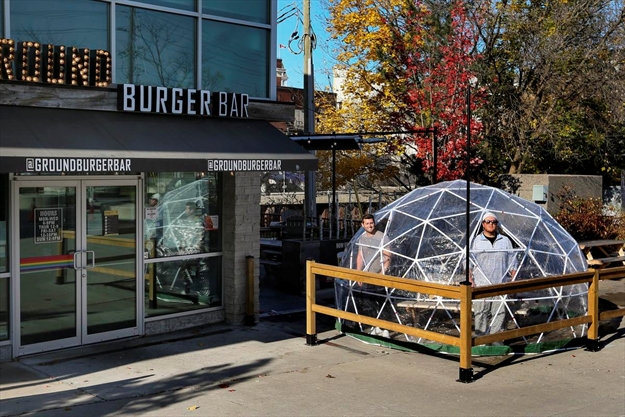



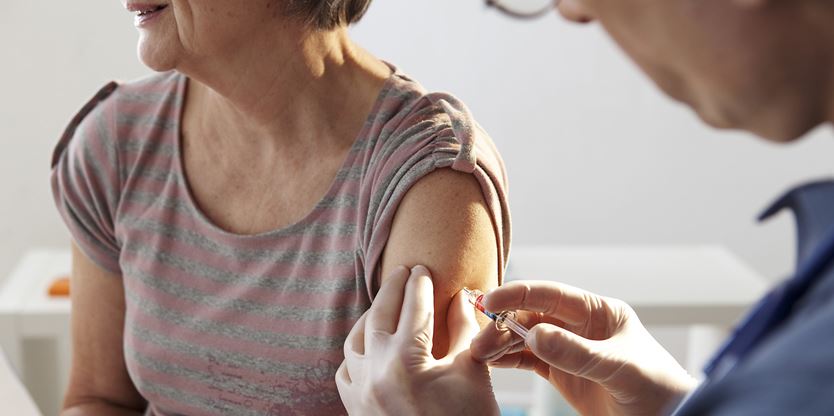

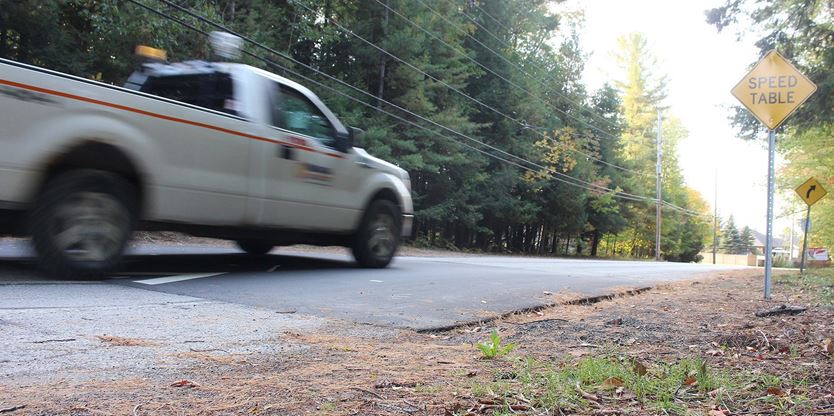






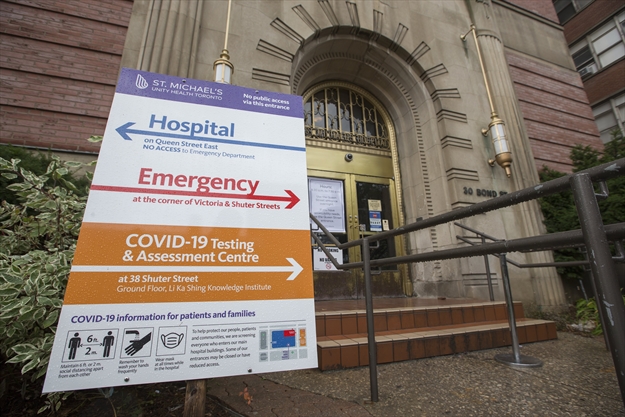

 These charts updated daily by the provincial government plot the number of active COVID-19 cases, hospitalizations and ICU admissions in Ontario from April 2 to Oct. 22, 2020. The numbers are not cumulative. — Government of Ontario graphic
These charts updated daily by the provincial government plot the number of active COVID-19 cases, hospitalizations and ICU admissions in Ontario from April 2 to Oct. 22, 2020. The numbers are not cumulative. — Government of Ontario graphic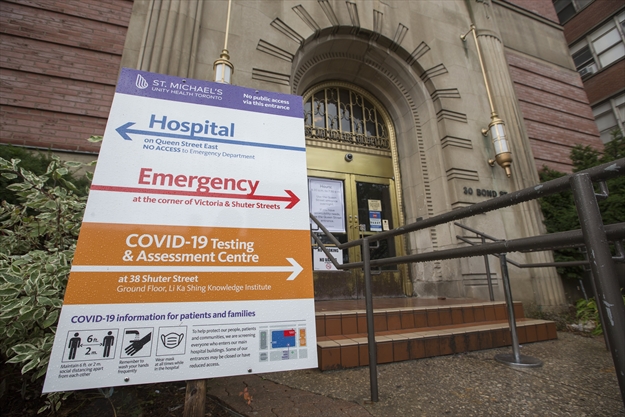

 These charts updated daily by the provincial government plot the number of active COVID-19 cases, hospitalizations and ICU admissions in Ontario from April 2 to Oct. 22, 2020. The numbers are not cumulative. — Government of Ontario graphic
These charts updated daily by the provincial government plot the number of active COVID-19 cases, hospitalizations and ICU admissions in Ontario from April 2 to Oct. 22, 2020. The numbers are not cumulative. — Government of Ontario graphic

